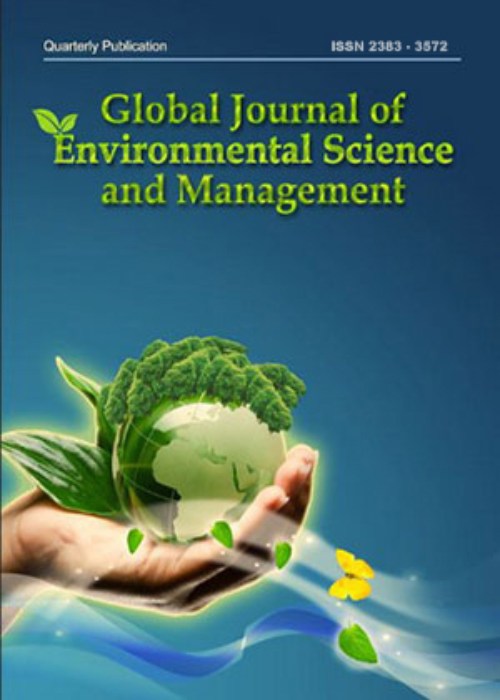Mapping and identifying heavy metals in water use as chemicals of potential concerns in upper watershed
Author(s):
Article Type:
Research/Original Article (دارای رتبه معتبر)
Abstract:
BACKGROUND AND OBJECTIVES
Excessive presence of heavy metals in water sources can reduce water quality and harm human health. However, research on heavy metals from water sources for sanitation and hygiene purposes and drinking water in the Upper Citarum Watershed remains limited. This study focuses on the distribution of heavy metals and chemicals that have potential health risks.METHODS
Ten heavy metals, namely, lead, cadmium, chromium, copper, cobalt, iron, mercury, manganese, arsenic, and zinc, were analyzed. Groundwater samples were collected from 160 locations, and drinking water samples (for respondents who do not drink groundwater) were collected from 98 locations. Heavy metal concentrations were detected using inductively coupled plasma optical emission spectrometry.FINDINGS
The levels of arsenic, cadmium, cobalt, iron, mercury, manganese, and lead exceeded the quality standards for drinking water, while those of arsenic and cobalt did not exceed the quality standards for water hygiene and sanitation. Arsenic and cobalt quality standards were more stringent for drinking water compared with those for water hygiene and sanitation. Lead–cadmium and iron–manganese in groundwater showed a positive Spearman correlation (p<0.05) and may originate from the same source. Copper and zinc did not exceed the quality standard in 100% of drinking water samples. Iron and zinc in groundwater differed significantly due to variations in topography and soil type (p<0.05). This study reveals that 6 out of 10 heavy metals are chemicals of potential concern and are sorted based on potential risks to health, that is, arsenic > mercury > lead > cobalt > manganese > cadmium. Ingestion is the main pathway for potential risk, and children are more likely to be at risk than adults.CONCLUSION
Stakeholders and decision makers must immediately implement sustainable actions to protect public health. Evaluation of water sources, technology, maintenance processes, and water quality should be conducted before and after technology use from Refill Drinking Water Depots to ensure that raw and processing water meets the quality standards.Keywords:
Language:
English
Published:
Global Journal of Environmental Science and Management, Volume:9 Issue: 4, Autumn 2023
Pages:
765 to 788
magiran.com/p2556271
دانلود و مطالعه متن این مقاله با یکی از روشهای زیر امکان پذیر است:
اشتراک شخصی
با عضویت و پرداخت آنلاین حق اشتراک یکساله به مبلغ 1,390,000ريال میتوانید 70 عنوان مطلب دانلود کنید!
اشتراک سازمانی
به کتابخانه دانشگاه یا محل کار خود پیشنهاد کنید تا اشتراک سازمانی این پایگاه را برای دسترسی نامحدود همه کاربران به متن مطالب تهیه نمایند!
توجه!
- حق عضویت دریافتی صرف حمایت از نشریات عضو و نگهداری، تکمیل و توسعه مگیران میشود.
- پرداخت حق اشتراک و دانلود مقالات اجازه بازنشر آن در سایر رسانههای چاپی و دیجیتال را به کاربر نمیدهد.
In order to view content subscription is required
Personal subscription
Subscribe magiran.com for 70 € euros via PayPal and download 70 articles during a year.
Organization subscription
Please contact us to subscribe your university or library for unlimited access!


